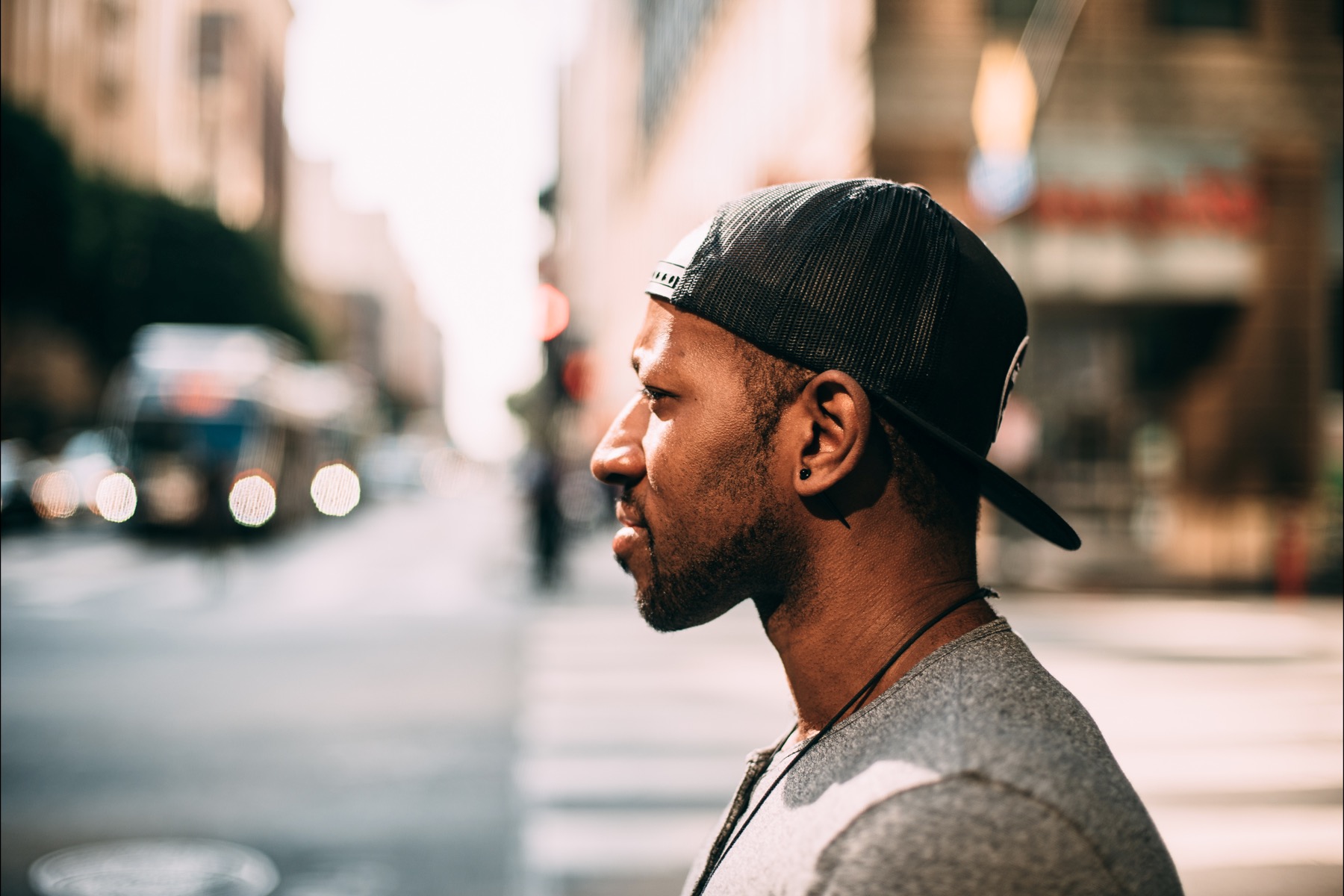
I recently published a guest post for a friend, Matthew David Parker and offered that he do the same for me, here it is! You can read more about Matthew David Parker here. Here is my post titled, “Rocco Basile“.
Vacations at a coastal location or a trip to the beach can be memorable. It’s perfectly understandable to want photos near the water. To get the kind of shots that can be framed or displayed, some tips on getting the right shots can help. Read on for suggestions on how to take great pictures at the beach.
Lighting is always a concern, on a bright, sunny day. At the beach, the water can reflect more light and cast shadows on subject matter. Some shadows in the photo can enhance the subject matter, especially if they are human subjects. But, keep in mind that too much light can give the picture an unwanted haze. Using a lens hood is the best way to prevent haze. More light at the beach means the sun will seem to stay longer and is visible earlier. Sunrise and Sunset shots may be worth setting aside some time to get interesting shots, with or without human subjects.
There are often many areas of interest, such as sea grasses, driftwood, sail boats, or docks, that can serve as a backdrop for loved ones. These areas of interest can also help frame shots of loved ones. Try putting the loved ones in the foreground, with the area of interest in the background. If the photo is meant to capture an event, like building a sand castle or the actions of a sea bird, the shot should be as natural as possible. Sea birds and other wildlife can be excellent subject matter. Make sure to adjust camera settings for movement, using burst mode. This may also be necessary for getting shots of moving water, such as the crashing of waves on rocks.
Reflections and silhouettes can make photos more interesting. If a marina or docking area is full of boats, the sails will cast reflections on the water at certain times of day. Sunset is the best time to get shots with reflections. Keeping the sun behind a human subject at sunset can create a powerful silhouette.
Look for more interest in details, such as footprints in the sand, interesting swirl patterns, or items grouped together, like a clump of sea grasses or shells. Focus on the area of interest and zoom in as much as possible.
Use of color can make beach photos more interesting. A brightly painted bench, grasses with plenty of green, a lighthouse with bright stripes, or a bright beach umbrella can help tell a story, while making great subject matter.





